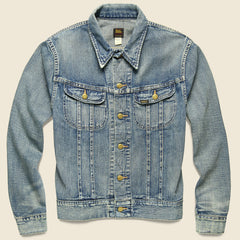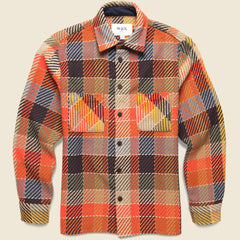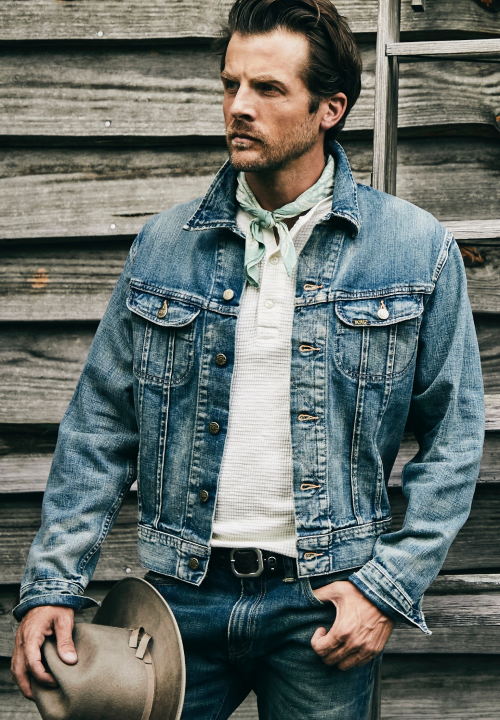
The use of paint to lend a craft totemic power is hardly a modern practice. After all, ancient Phoenicians decorated their ship prows with eyes so they would never be lost, and Vikings gave dragon forms to their longboats for a touch of the fierce. But nose art—the practice of using an identifying painting to distinguish and empower an aircraft—lies firmly rooted in the 20th century, when a new invention called the airplane had two world wars in which to prove its mettle.
As early as 1913, an Italian flying boat boasted a sea monster design painted on its nose. German planes followed suit, with fanged mouths appearing just below the propeller, and the infamous Manfred von Richthofen even went so far as to paint his biplane an unmistakable shade of red to intimidate his enemies. Americans didn’t only catch on—they made such artwork mandatory, as a means of readily identifying aircraft in the turmoil of combat. For World War I, however, nose art was primarily restricted to stylized versions of official insignia or distinctive coloration. It was functional first, with artistic undertones secondary at best.
As an art form, however, nose cone painting would have something of a renaissance, if not true golden age, during the Second World War. Both civilian artists and servicemen participated, with the former often commanding sizable payments for their work. The artist/line mechanic Tony Starcer painted over a hundred pieces of B-17 nose art, including the celebrated “Memphis Belle.” Some designs were meant to intimidate, featuring shark mouths and “Flying Tigers.” Others were more nostalgic in nature, using pin-up imagery—often times borrowed from the Esquire centerfolds of Alberto Vargas—to create a sense of intimate connection between craft and crew. Lucky charms, cartoon characters, and patriotic symbols were also featured prominently throughout the conflict.
One of the more interesting aspects of nose art is that it seems to flourish most during wartime. The ‘70s and ‘80s witnessed a decline in the practice, although in the past decade, there has been something of a revival, as pilots and crews have once again sought to imbue the machines they depend on and owe their lives to with some semblance of a personal identity. No doubt as long as there are fights to be had and skies in which to have them, the tradition will live on.













